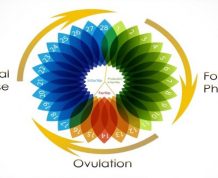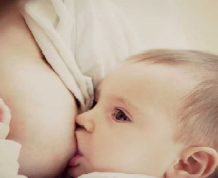Having a baby. It is one of the most important and satisfying events in a person’s life, but as the rate of infertility rises in the world, many couples have to turn to treatments, procedures and techniques to try to conceive. Claim Your 20 Free Pregnancy Tests – Click Here
One way to help in the effort to get pregnant is using a basal thermometer to track the minute changes in your body’s temperature that signals the beginning of ovulation. For couples trying to get pregnant the question of what the difference is between a basal thermometer and a regular thermometer comes up. So we thought we would help put the question to rest.

The simple difference between a basal thermometer and a regular thermometer is the level of sensitivity of temperature that they detect. A basal thermometer measures body temperature by the 10th’s of a degree.
A woman’s basal body temperature may only rise or lower just a few 10th’s of a degree when it goes into ovulation and by using a basal thermometer you can get a far more accurate baseline temperature that allows you to know quickly and precisely if now is the time to actively try for a baby once ovulation begins.

A regular thermometer measures the temperature of your body by whole degrees, leaving the chance of a more accurate basal body temperature out of the realm of possibility. So while great for ferreting out fevers, it does not accurately notate minute changes in temperature to a tenth of a degree.

Using a basal thermometer is fairly easy if you are aware of what results to look for and when. It is important to always measure your basal body temperature at the same time every day within roughly the same ½ hour window. Also, the best time to use a basal thermometer is in the early morning before you have gotten out of bed to get a more reliable reading on your basal body temperature.

Using a basal thermometer doesn’t provide overnight results as it works best by charting your temperatures each day over the course of weeks or months to provide a baseline of what temperature is normal so that you’re better able to recognize the change when ovulation begins.
As an average baseline, most women have a body temperature below 97.4 when they are pre-ovulation and of 97.7 or above when they are post-ovulation. The optimal window for most women is between those two temperatures, but once you begin using the basal thermometer you will be able to understand what your individual temperatures are for pre-ovulation, ovulation and post-ovulation.

So the bottom line is that if you want to chart your temperatures for the purposes of tracking when you ovulate, you must have a reliable digital basal body thermometer (BBT) as a regular thermometer just won’t work. They are not very costly, so don’t worry. Somewhere between $10-20 will buy you a nice digital BBT which will help you track your BBT for years to come.










Comments